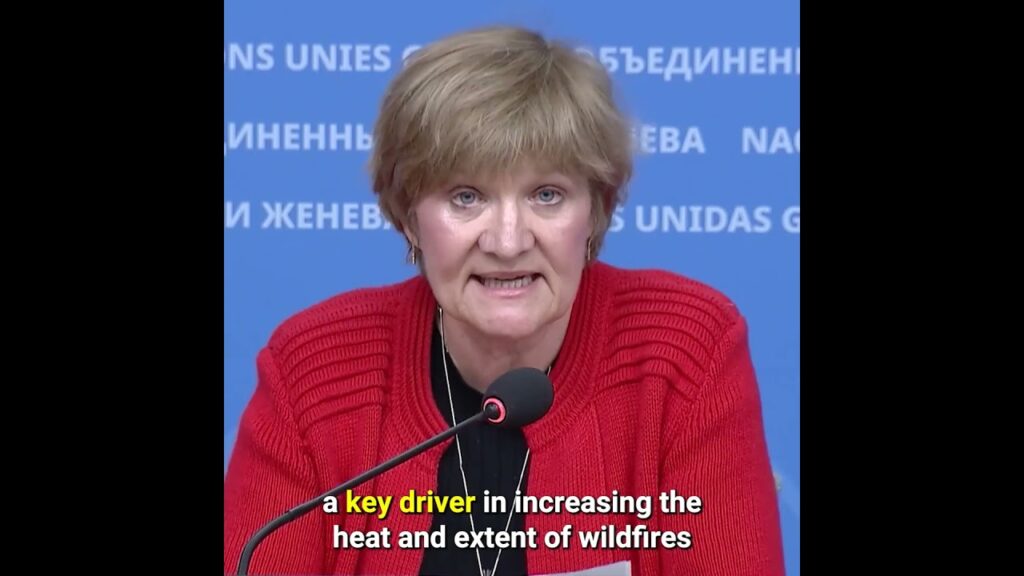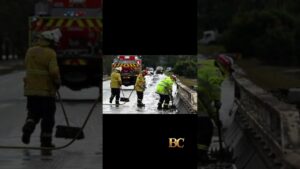
The powerful dry winds and tinderbox conditions that have been fuelling the continuing Los Angeles wildfire tragedy have been made worse by climate change, the UN World Meteorological Organization (WMO) said on Friday.
At least 10 people have been reported killed and more than 10,000 buildings have burned to the ground since the Californian fires broke out and spread, propelled by a well-known weather pattern called the Santa Ana Winds – “high winds from the mountains that cause temperatures to rise and very low humidity, drying out the ground and vegetation,” the WMO said.
Adding to the potential for disaster, the UN weather agency also pointed out that although last year’s rainy season for the Los Angeles area was reportedly above normal, “from late 2024 until now, it has been below normal”, which explains why vegetation is so dry.
“It’s a terrible tragedy for everybody concerned”, said Clare Nullis, WMO spokesperson, speaking to journalists in Geneva. “It’s terrible news for health, for air quality and obviously for people’s lives, ecosystems and the local economy”.
Fires still remain uncontrolled in many areas as exhausted firefighters continued to tackle countless blazes, whose original cause has not been confirmed. The National Weather Service in Los Angeles issued a Red Flag warning in effect through Friday morning local time across Southern California, as officials warned that more high winds could fan the flames.
Although wildfires are part of the natural ecosystem in the US west coast as elsewhere, their intensity and frequency have been increasing at an alarming rate in recent decades. WMO said that climate change has exacerbated such disasters, making rainfall heavier in tropical areas and increasing heatwaves.
Early warnings to evacuate are also vital to avoid life-threatening smoke inhalation. Wildfires that burn near populated areas can have a significant impact on human mortality and morbidity depending on the size, speed and proximity to the fire, UN World Health Organization spokesperson, Dr Margaret Harris, explained.
Wildfire smoke is a mixture of air pollutants of which particulate matter (PM) is the principal public health threat, she continued. PM2.5 from wildfire smoke is associated with premature deaths in the general population as it can penetrate deep into the lungs, Dr Harris continued. “It can cause and exacerbate diseases of lung, heart, brain, nervous system, skin, gut, kidney, eyes, nose and liver… And it’s also been shown to lead to cognitive impairment, damage your intellectual capacity and cause memory loss.” Firefighters and emergency response workers are at particular risk, she added.
source



